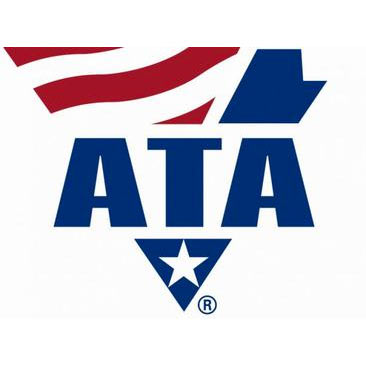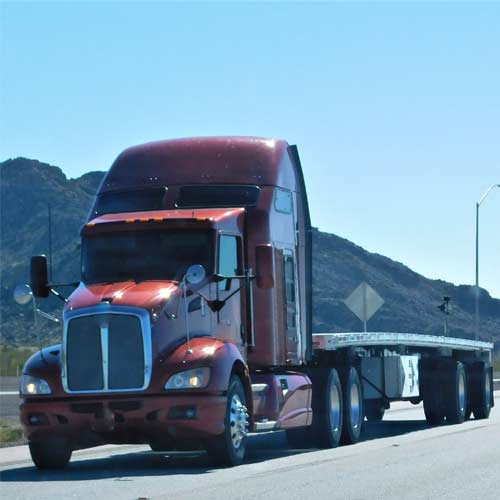News
Happy New Year from MTAC
We at MTAC want to wish you and your families a happy and healthy new year. Cheers to a successful and thriving 2023!
Read MoreNew mileage tax for truckers in Connecticut
Effective Jan. 1, trucking companies will start paying a mileage fee for their tractor-trailers traveling Connecticut roads.
Read More2023 Legislative Session: Tuesday Trucker Call
To better communicate our efforts in the upcoming 2023 legislative session, we will be hosting “Tuesday Trucker Call” on weekly basis. This call will be a virtual meeting held every Tuesday at 10 a.m. to discuss that week’s legislative agenda as it relates to the transportation industry. We will update you all on proposed bills,…
Read MoreHighway Use Tax
This past week we hosted two webinars on the Highway Use Tax set to go into effect on January 1, 2023. We spoke with our Connecticut, New York, and Massachusetts members. We had solid participation; over 200 of you logged on to hear the HUT update. We sincerely thank you for jumping on the call.…
Read MoreConnecticut DMV grants Emergency Exemption Notice
Connecticut DMV has granted a limited exemption from federal regulations, specifically for the intrastate transportation of gasoline, diesel fuel, fuel oil, biodiesel and propane.
Read MoreATA’s CEO Chris Spear – Hartford Courant Op-Ed on the Highway Use Tax
Chris Spear, president and CEO of the American Trucking Association, speaks to the unfair and inequitable implementation of the highway use tax and how consumers will be footing the bill – Connecticut residents will be stuck paying the bill.
Read MoreGeneral Assembly Committee Leadership for 2023 Legislative Session
Committee Leadership for the 2023 Legislative Session has been announced. A few legislative committees important to the transportation sector will start this coming year with new and returning leadership. Below please see an outline of committee assignments that have direct oversight of the transportation industry: Transportation Rep. Roland Lemar – Chair (Returning) Sen. Christine Cohen…
Read MoreHighway Use Tax – Virtual Meeting Dec. 19
On Monday, Dec. 19, 2022, at 1 p.m., MTAC will be hosting a virtual meeting on the Connecticut Highway Use Tax. We will review the new law Public Act No. 21-177 – “An Act Concerning a Highway Use Fee”, the guidance provided by Connecticut’s Department of Revenue Service and MTAC’s ongoing efforts. Click here to…
Read MoreATRI call for carriers and drivers to participate in predatory towing survey
From ATRI. The American Transportation Research Institute today issued a call for motor carriers and drivers to participate in a new ATRI data collection on the impact of predatory towing in the trucking industry. Predatory towing is any incident in which a tow truck operator egregiously overcharges, illegally seizes, damages by use of improper equipment,…
Read MoreTrucking stakeholders express concerns over electronic identifiers
From Transport Topics. A proposal by federal regulators to require unique electronic identifiers on large trucks wasn’t well received by many of the nation’s motor carriers and independent truckers. In fact, the large majority of the more than 2,000 comments sampled on the Federal Motor Carrier Safety Administration’s website were clearly either vehemently opposed to…
Read More







